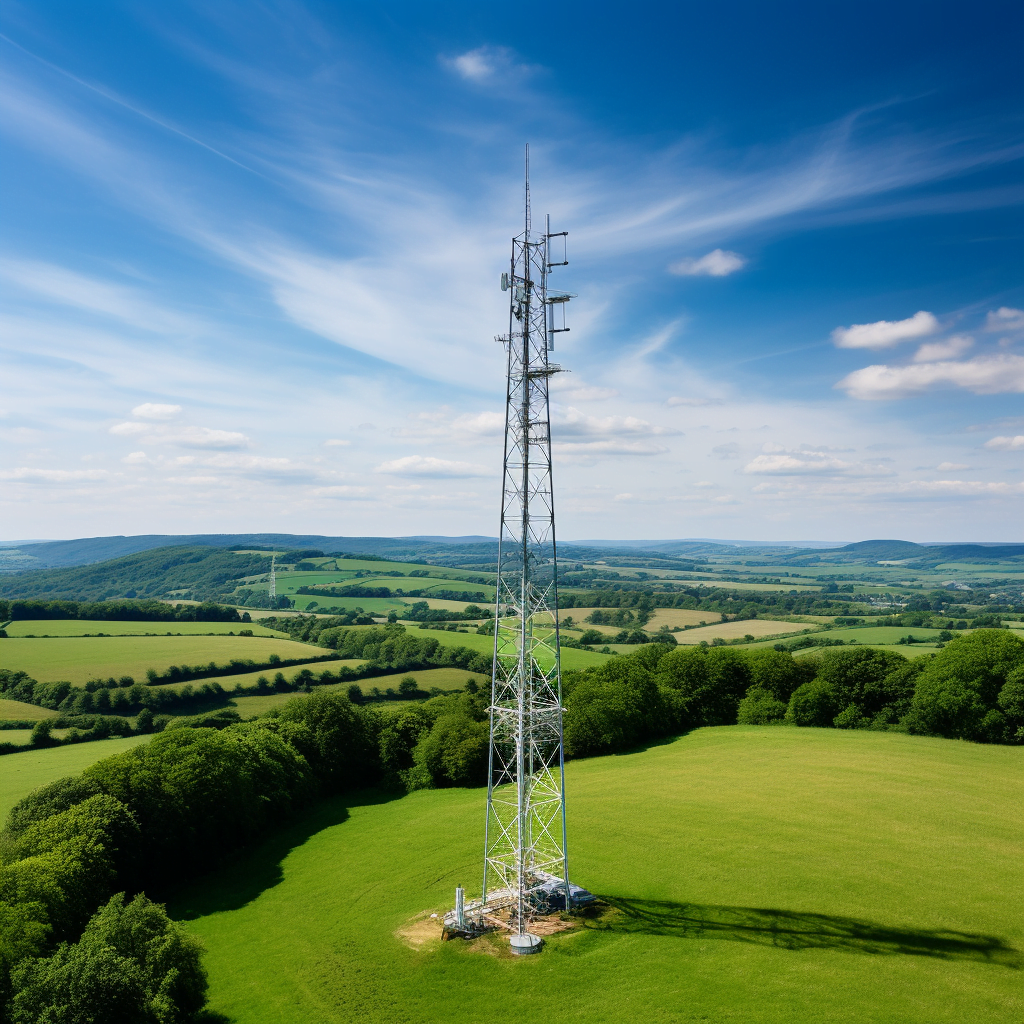- Introduction
- Brief overview of the rise in mobile phone masts due to increasing demand for connectivity.
- Introduction to the Para 20 notice and its significance for property owners.
- Understanding the Para 20 Notice
- Definition and purpose of the Para 20 notice.
- Circumstances under which an operator/mobile phone company can serve a Para 20 notice.
- Implications for property owners.
- Grounds for Objecting to Mobile Phone Masts
- Health Concerns
- Public apprehensions about potential health risks.
- Current research and findings on health implications.
- Aesthetic and Environmental Concerns
- Impact on landscape and visual appeal.
- Potential harm to local wildlife and ecosystems.
- Property Value Implications
- How mobile phone masts can affect property valuations.
- Concerns from potential buyers and tenants.
- Interference with Other Equipment
- Potential for masts to interfere with other electronic equipment and signals.
- Case studies or examples of reported interferences.
- Health Concerns
- Rights of Property Owners
- Legal rights of property owners when served with a Para 20 notice.
- Steps property owners can take upon receiving the notice.
- Legal avenues available for objections and disputes.
- Best Practices for Mobile Phone Companies
- Engaging with communities and property owners.
- Conducting thorough environmental and health impact assessments.
- Transparent communication and addressing public concerns.
- Conclusion
- The balance between the need for connectivity and the rights of property owners.
- The importance of informed decision-making and open dialogue.
Introduction
In today’s digital age, the demand for seamless connectivity has never been higher. This increasing need has led to a surge in the installation of mobile phone masts across the UK. However, with this rise comes a set of challenges, especially for property owners who might find themselves facing a Para 20 notice. This article aims to shed light on the intricacies of such notices and the grounds on which one can object to the erection of mobile phone masts on their property.
Understanding the Para 20 Notice
The Para 20 notice serves as a formal declaration by mobile phone companies, indicating their intention to install equipment on a specific property. But what does this mean for property owners?
- Definition and Purpose
- The Para 20 notice is a provision under the Electronic Communications Code. It allows operators to serve notice to landowners, expressing their intent to exercise their rights to install and maintain electronic communication apparatus on the land.
- Circumstances for Serving a Para 20 Notice
- Operators can serve this notice when they believe it’s in the public interest to enhance electronic communication services, even if it’s against the wishes of the landowner.
- Implications for Property Owners
- Receiving a Para 20 notice means an operator intends to use part of your property for their equipment. While this might seem alarming, property owners have rights and can raise objections.
Grounds for Objecting to Mobile Phone Masts
- Health Concerns
- One of the primary concerns surrounding mobile phone masts is the potential health risks. While most scientific studies have found minimal risk associated with these masts, public apprehension remains. Concerns often revolve around the potential long-term effects of exposure to electromagnetic fields.
- Aesthetic and Environmental Concerns
- Mobile phone masts, especially when erected in scenic or residential areas, can be seen as eyesores. They can disrupt the natural skyline and may not align with the aesthetic of a neighbourhood. Additionally, there are concerns about the potential impact on local wildlife, especially birds.
- Property Value Implications
- The presence of a mobile phone mast can influence property valuations. Potential buyers or tenants might be deterred, fearing health risks or simply disliking the visual impact of the mast.
- Interference with Other Equipment
- There have been instances where mobile phone masts interfere with other electronic equipment. This can range from minor disturbances in television signals to more significant disruptions in other communication devices.
Rights of Property Owners
Being served with a Para 20 notice doesn’t leave property owners powerless. They have specific rights and can take certain actions:
- Legal Rights
- Property owners can challenge the notice, especially if they believe the operator hasn’t met all the necessary conditions for serving it.
- Steps Upon Receiving the Notice
- It’s crucial to act promptly. Engage with the operator to understand their intentions and express any concerns. If unsatisfied, consider seeking legal advice.
- Legal Avenues for Objections
- Property owners can object on various grounds, including those mentioned above. If an agreement isn’t reached, the matter can be escalated to a tribunal.
Best Practices for Mobile Phone Companies
For a harmonious relationship between operators and property owners, mobile phone companies should adopt certain best practices:
- Engaging with Communities
- Before serving a Para 20 notice, operators should engage with local communities, addressing their concerns and providing clarity on their intentions.
- Environmental and Health Impact Assessments
- Conducting thorough assessments can alleviate many concerns. Sharing these findings transparently can build trust.
- Transparent Communication
- Addressing public concerns proactively and maintaining open channels of communication can prevent misunderstandings and foster a sense of collaboration.
Conclusion
The balance between the relentless march of technology and the rights of individual property owners is delicate. While the need for enhanced connectivity is undeniable, it’s equally vital to respect the rights and concerns of individuals. Through understanding, dialogue, and collaboration, a middle ground can be found that serves the interests of all parties involved.
Note: This article is intended for informational purposes only and does not constitute legal advice. Always consult with a legal professional before taking any action.

